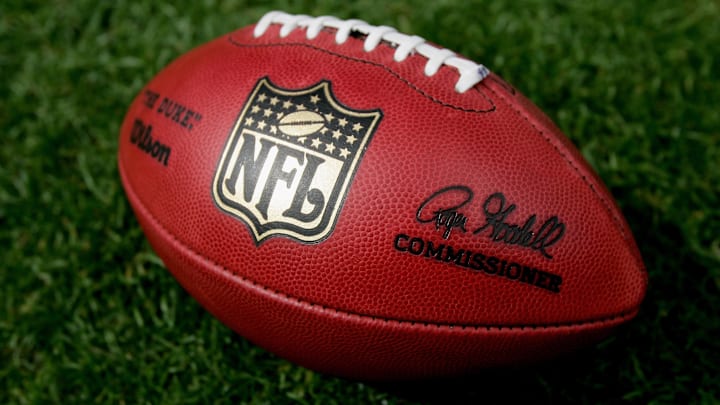Roster cutdown day comes after the conclusion of the preseason.
The NFL allows teams to carry 90-man rosters during the offseason. Throughout training camp and the preseason, unheralded players compete against each other and attempt to make their case for a roster spot. Ultimately, over 40 percent of them won’t make it.
In accordance with league rules, teams are required to reduce their roster to 53 players by 4 p.m. ET on Tuesday, Aug. 27.
As teams begin to take shape, the day is full of excitement for fans. For players, it’s the darkest day of the year. Each team has a grim reaper — typically a scouting intern — who walks around the facility and collects playbooks. Once players see the reaper, they know they won’t be on the team. Some players have gone to extreme lengths to avoid being cut. There have been stories of players intentionally attempting to suffer a significant injury to land on the injured reserve list rather than be cut.
While all roster cuts may seem the same to fans, there are different rules and stipulations in place that impact how players find their next opportunity.
The difference between “waived” and “released”
When a team decides to cut a player, that player is either released or waived depending on their accrued seasons, which are counted as any season in which a player spends at least six weeks with a team.
Players with at least four accrued seasons are considered vested veterans and must be released. When a veteran is released, that player’s contract is effectively terminated and they immediately enter free agency.
Any player with less than four accrued seasons is subject to the waiver system, which allows every other team an opportunity to claim their existing contracts. Any player who goes unclaimed on the waiver system becomes a free agent and can negotiate for a new contract with any interested team.
The waiver wire order is determined by the previous season’s standings. The team that finished with the worst record has the first waiver position, while the Super Bowl champions are last. If several teams file a claim for the same waived player, the team with the highest waiver wire position will be awarded the player.
Claiming a player does not change a team’s position on the waiver wire. The waiver order doesn’t change until Week 4 of the regular season, which means the team with first rights to waivers can claim as many players as they want. On the Tuesday before Week 4, the waiver order is determined by the league’s current standings.
In the case of an injury prior to the roster cutdown day, injured players with less than four years of accrued experience must go through injured waivers to be placed on the injured reserve list.
Teams can elect to waive players with an injury designation. If injured players aren’t claimed on the waiver wire, they are returned to the waiving team and placed on the injured reserve list. Vested players with at least four years of accrued seasons can be placed on the injured reserve list directly during the offseason.
From the trade deadline through the end of the regular season, every released player is placed on the waiver wire regardless of their accrued seasons.
